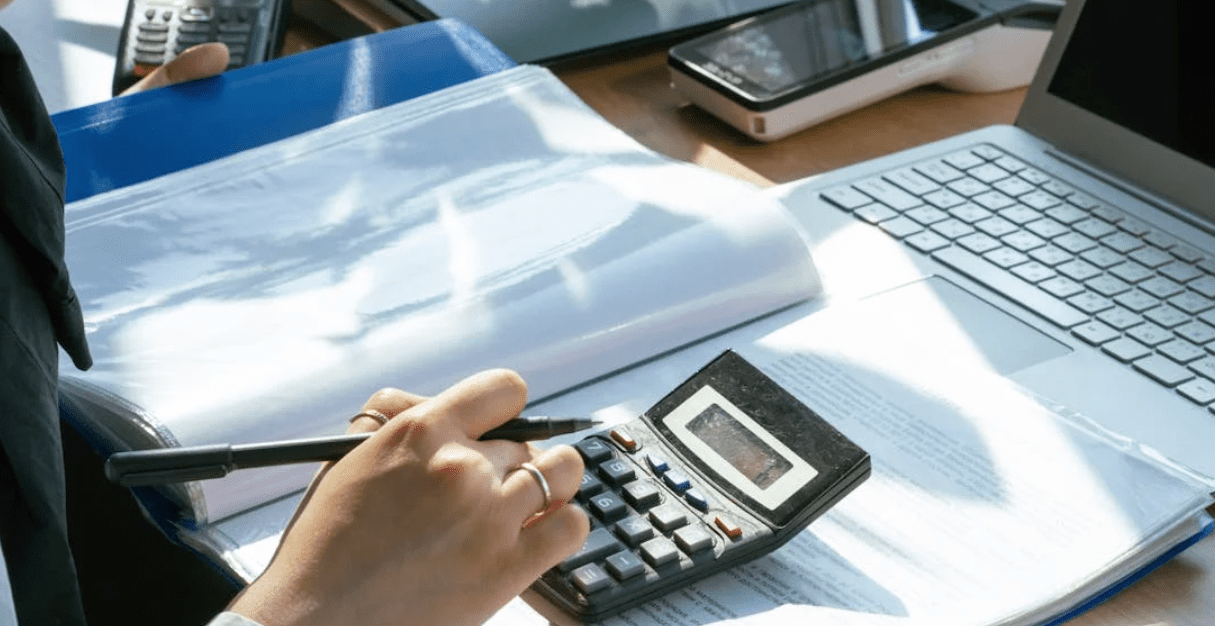What Is a Lease Ledger and Why You Need One
Keeping track of tenant payments is one of the most important areas of house management. Whether you're managing a number of attributes or a thorough portfolio, sustaining an accurate tenant payment lease ledger assures economic transparency and simplifies payment tracking. But managing tenant funds efficiently takes a well-structured approach. Here's a brief information to setting it up right.

The Significance of a Lease Ledger A lease ledger is actually an economic record that paths rent obligations, security deposits, late costs, and other tenant transactions. It serves as a main database for several monetary interactions between landlords and tenants. Without a properly maintained ledger, home managers chance miscalculating income, overlooking overlooked funds, or making disputes with renters. An structured lease ledger helps eliminate these dangers while sustaining professionalism. Methods for Efficiently Checking Tenant Obligations 1. Employ Technology for Reliability Handbook record-keeping may possibly benefit just one home, but as the number of items grows, it becomes impractical. Leveraging electronic resources or easy spreadsheet themes can drastically improve accuracy. These tools frequently enable you to automate repeating lease funds, make pointers for delayed balances, and create reports instantly. 2. Create a Consistent Framework A lease ledger must follow a definite and regular format. At least, your ledger should include: • Tenant titles • Due appointments • Quantities compensated • Exceptional amounts • Notes for any additional fees (e.g., preservation fees or late charges) Standardizing this information assures every history is standard and simple to interpret. 3. Check Payment Status Frequently Examining your lease ledger frequently guarantees you remain along with overdue funds and can undertake possible dilemmas early. Put aside time every month to reconcile funds received against what's recorded in your ledger. That training also assists in determining tendencies, such as for instance consistently late-paying tenants. 4. Speak with Tenants Obviously Correct records mean small if tenants aren't knowledgeable of their cost obligations. Deliver reminders for approaching rent due days or upgrade them on any remarkable balances. Clear transmission reduces misconceptions and encourages regular payments. 5. Record Everything Every cost made, whether incomplete or whole, should really be noted quickly in the ledger. Tracking every transaction guarantees both sides have a research position in case there is disputes. Also little details, such as for example waived late charges or altered obligations, must certanly be joined into the record.

Ultimate Ideas An successful lease ledger not merely simplifies tenant payment administration but in addition provides reassurance for landlords and house managers. By integrating clear structures, leveraging digital tools, and sustaining appropriate documents, you are able to set up a smooth program that reduces mistakes and forms greater tenant relationships. Begin handling your payments greater today and collection the inspiration for long-term financial balance!